Who Are the Top Japanese Bossa Nova Musicians?
We've explored must-listen bossa nova classics and iconic compositions by legendary composers and performers.
Now, we’re diving into a special feature on Japanese musicians in the world of bossa nova.
For many, the idea of Japanese artists performing bossa nova might not immediately come to mind. However, Japan is home to several exceptional musicians who have dedicated their careers to this genre.
The Maestro of Japanese Bossa Nova: Yoshiro Nakamura
When it comes to the leading figure of Japanese bossa nova, Yoshiro Nakamura is the first name that comes to mind.
A true pioneer in the genre, Nakamura is not only a singer, songwriter, and musician, but also a producer, actively shaping the bossa nova scene in Japan.
His voice, often described as a "velvet voice," has earned him the nickname "Japan’s João Gilberto."
One of the most remarkable qualities of Nakamura’s voice is its natural depth and resonance, almost as if it contains a built-in reverb effect. Without the need for added effects, his vocals exude a rich, smooth elegance—seemingly destined for bossa nova.
Meeting Yoshiro Nakamura – A Connection Through an Accordionist
My first encounter with Yoshiro Nakamura dates back to 1995, when I was working in Hamamatsu. It all began while I was covering an interview with Patrick Nugier, an accordionist who had performed alongside Nakamura.
During one of their performances at Roppongi Pit Inn, I had the opportunity to sit in on their interview. That meeting sparked a lasting connection, leading to Nakamura later lending his voice as a narrator for a documentary I produced.
The documentary focused on a textile artist from Shizuoka, who was striving to make a mark in Alberobello, a UNESCO World Heritage town in Italy.
Initially, well-known names were considered for the narrator role, including a famous actor known for playing detectives and a former sumo wrestler-turned-celebrity. However, neither of them matched my vision.
The narrator, as the driving force of the program, is a crucial element that can greatly influence its quality. Nakamura's voice has a unique warmth and depth that gently reaches into the listener's heart, bringing a sense of comfort and reassurance. I believe this quality stems from his experience as a bossa nova musician, someone who has spent his career singing about saudade—the deep emotions of longing and nostalgia.
To capture the delicate world of textile dyeing, I knew I needed Yoshiro Nakamura’s voice.
Unlike major networks, local TV stations operate with more limited production budgets. Despite this, Nakamura graciously accepted the role for a modest fee, demonstrating not only his generosity but also his deep understanding of the project’s artistic vision.
His narration was exactly as I had imagined—adding a rich, nuanced texture to the program and elevating its emotional depth.
Recommended Album: Yoshiro Nakamura – Esquina / Machikado (1991)
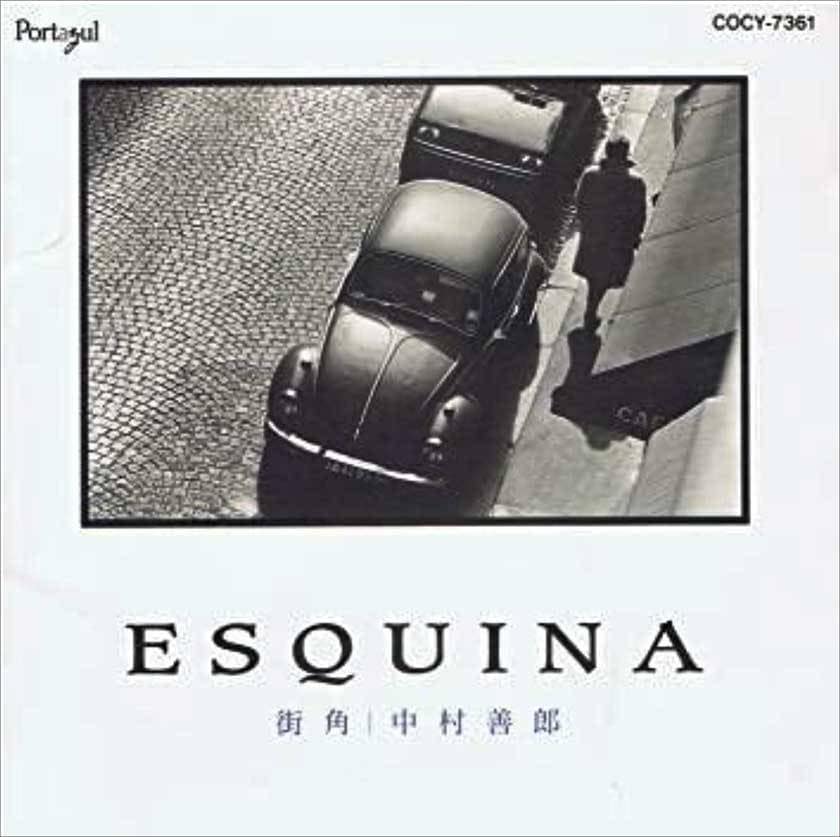
Born in 1952 in Osaka, Yoshiro Nakamura is a bossa nova singer, songwriter, and guitarist. In 1977, he traveled to South America to immerse himself in the genre and refine his craft.
His second album, "Esquina / Machikado" (1991) , carries a distinct Brazilian essence while also exuding a subtle European sophistication. This unique blend is likely influenced by Pierre Barouh, who duets with Nakamura on the album.
Barouh, known for singing Francis Lai’s soundtrack in Claude Lelouch’s classic film A Man and a Woman, brings a touch of French elegance to the album. Though Esquina / Machikado is a full-fledged bossa nova album, it also possesses an underlying intellectual refinement reminiscent of European artistry.
Recommended Track: "Haru" (Spring)
Haru is a delightful duet between Yoshiro Nakamura and Ichiko Hashimoto, capturing the excitement of spring’s long-awaited arrival. The song exudes a light, uplifting mood, perfectly reflecting the season’s warmth and renewal.The instrumental arrangement is also carefully crafted, featuring Fabian Reza Pane on accordion and Tomohiro Yahiro on tambourine, adding a rich and dynamic texture to the track. Nakamura’s songwriting and arrangement skills truly shine.
Recommended Tracks:Deai (Encounter), Boku ga Samba wo Tsukuru Tok (When I Compose a Samba)
Interestingly, track 6 ("Deai") and track 10 ("Boku ga Samba wo Tsukuru Toki") are actually the same song, presented under different titles.
The lyrics for Deai were co-written by Yoshiro Nakamura and Pierre Barouh, and the track features a rare duet between the two, accompanied by Fabian Reza Pane on acoustic piano. This trio arrangement makes it a truly special and precious recordingThe song itself was born from the encounter between Nakamura and Barouh, embodying a borderless essence that transcends Japan, Paris, and Rio de Janeiro.
Nakamura personally approached him with a request to collaborate. However, Barouh was initially hesitant, and Nakamura had to visit his home for several days before finally earning his agreement.This track is a testament to Nakamura’s unwavering love for bossa nova, resulting in a musical gem.
"Boku ga Samba wo Tsukuru Toki" – When I Compose a Samba: In this version, Nakamura’s guitar and vocals are layered with a full band ensemble, creating a lively and pop-infused sound.
The track blends Brazilian tradition with European elegance, showcasing a unique fusion of styles. Fabian Reza Pane’s Fender Rhodes electric piano stands out, with his backing and obbligato lines being truly exceptional.
Featured Musicians, Album, Recommended Tracks, and Keyboards Used
- Artists: Yoshiro Nakamura, Pierre Barouh, Fabian Reza Pane
- Album: Esquina / Machikado
- Tracks: Haru (Spring), Deai (Encounter), Boku ga Samba wo Tsukuru Toki (When I Compose a Samba)
⇨ SOUND HOUSE Piano/Synthesizer List
The “sound & person” column is made possible by your contributions.
For more information about contributions, click here.











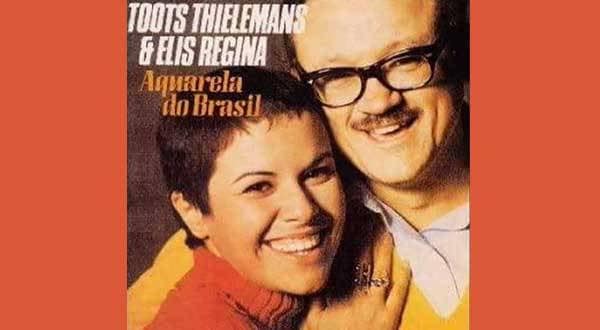
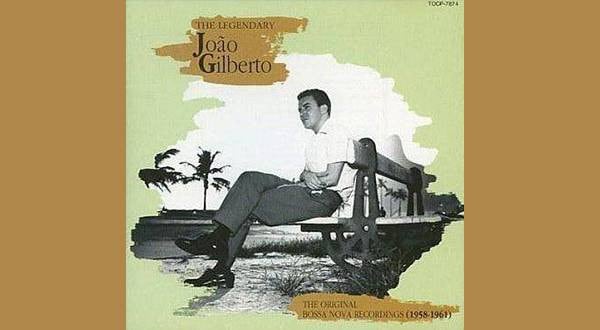
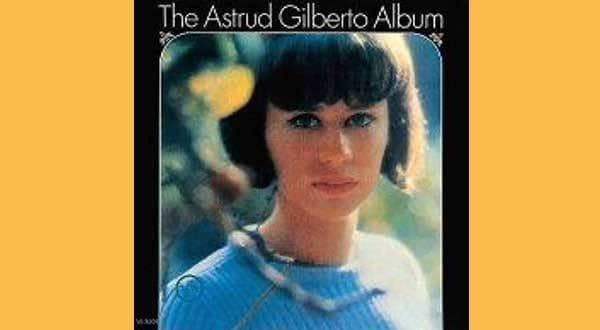
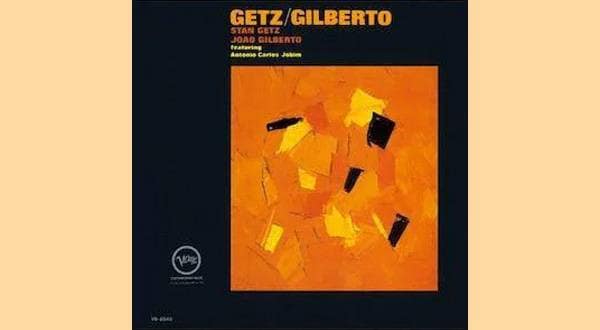
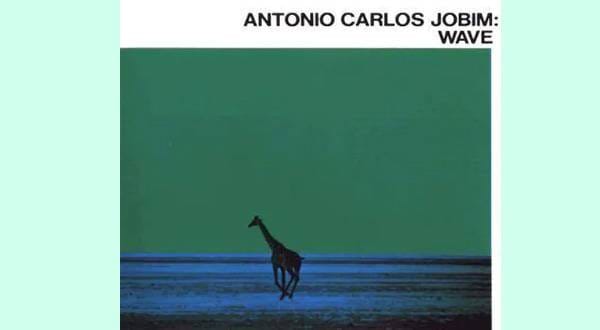
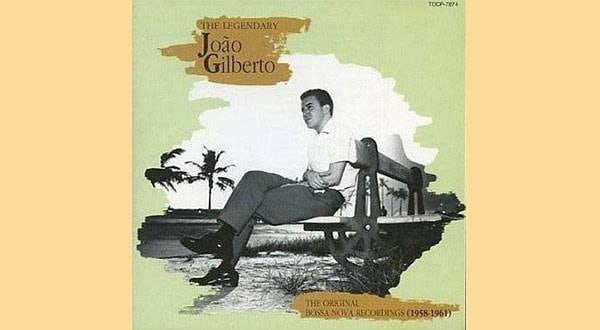
 Roland 電子ピアノデジタルピアノ購入ガイド
Roland 電子ピアノデジタルピアノ購入ガイド
 おすすめの電子ピアノ
おすすめの電子ピアノ
 超オススメのフレーズ道場 アコースティックギター
超オススメのフレーズ道場 アコースティックギター
 ギターの種類
ギターの種類
 ギター名人ラボ
ギター名人ラボ















